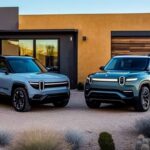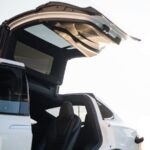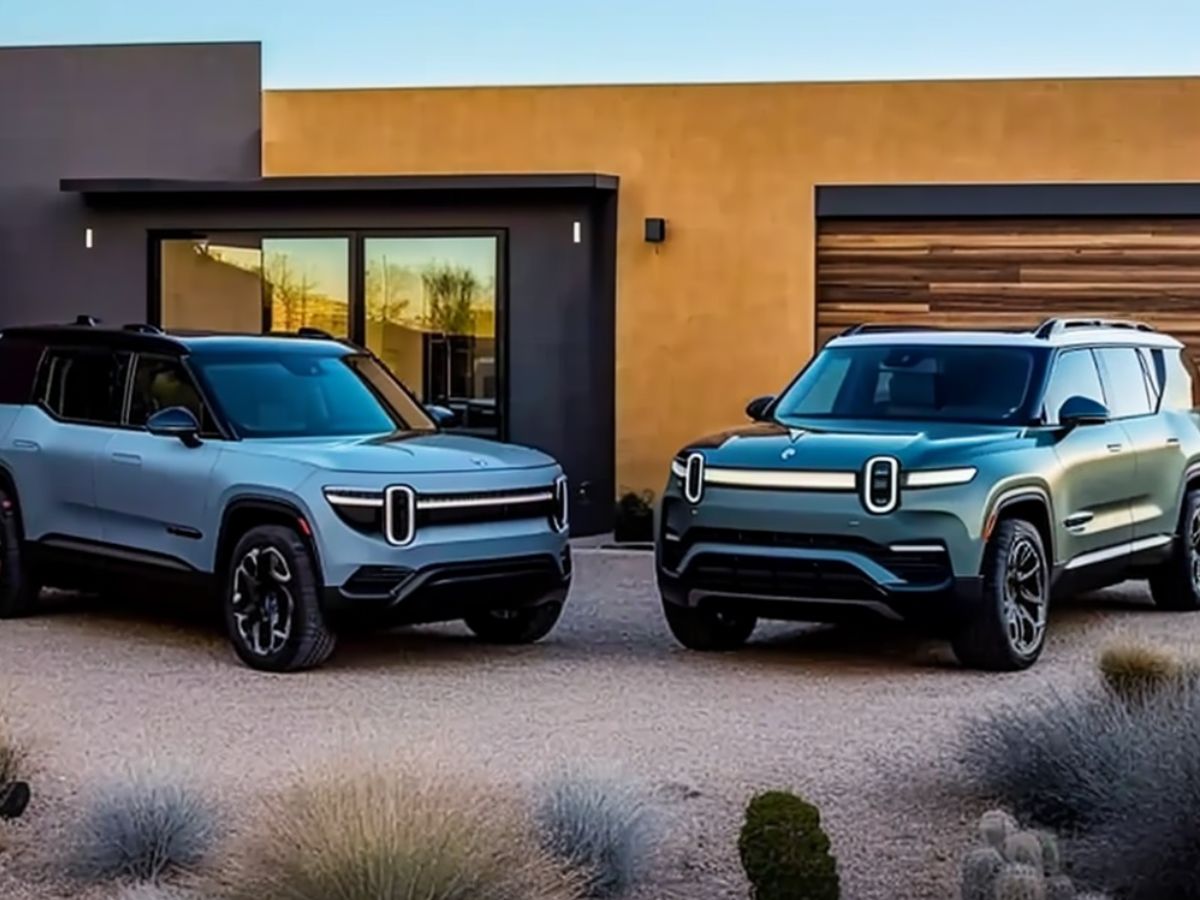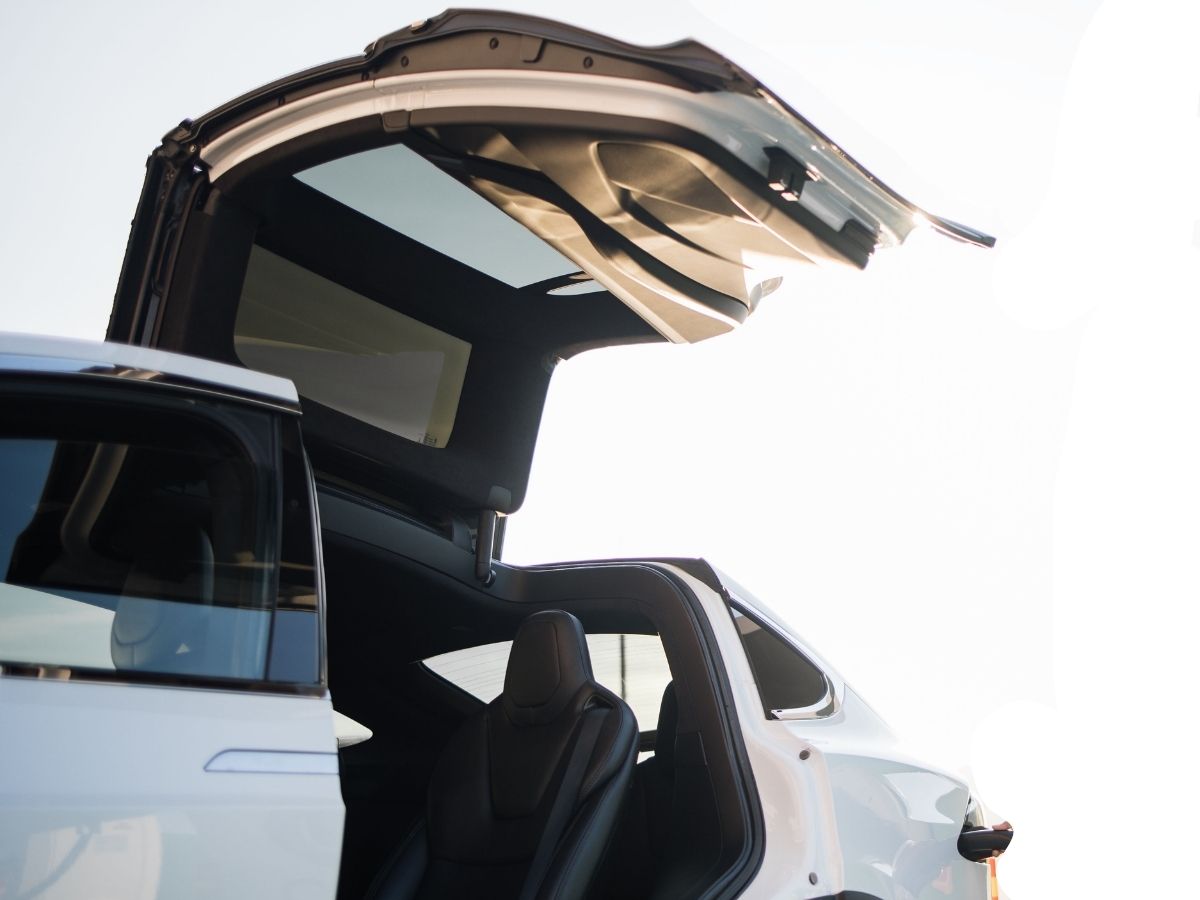When Tesla released the Model S in 2012, it was hailed as a game-changer. Its sleek design, cutting-edge technology, and impressive performance quickly became a favorite among car enthusiasts and tech aficionados. However, the honeymoon period didn’t last long. In 2013 and 2014, a series of high-profile incidents involving the Tesla Model S caused widespread concern and sparked heated debates about the safety of electric vehicles. These incidents became known as the “Model S Fire Incidents (2013-2014).” In this article, we’ll take a closer look at what happened and try to separate fact from fiction.
The Model S Fire Incidents (2013-2014) Explained
What Happened?
Between 2013 and 2014, several incidents occurred where Model S electric vehicles caught fire after accidents. The first incident occurred in October 2013, when a Model S caught fire after hitting a large metal object on the highway. Several more incidents followed, including one in which a Model S caught fire after hitting a concrete barrier and another in which a Model S caught fire while parked in a garage.
What Caused the Fires?
A combination of factors caused the fires. In each case, the battery pack of the Model S was damaged, which caused a thermal runaway reaction. This reaction is essentially a chain reaction in which the battery cells become progressively hotter, causing a fire to ignite. The exact cause of the initial damage to the battery pack varies from case to case, but in most cases, it was due to a collision with a large object or a high-speed impact.
Was the Model S Unsafe?
The Model S Fire Incidents (2013-2014) sparked a lot of debate about the safety of electric vehicles. Some people argued that the Model S was inherently unsafe and that electric vehicles posed a greater fire risk than gasoline-powered vehicles. However, this is not the case. According to the National Highway Traffic Safety Administration (NHTSA), electric vehicles are no more likely to catch fire than gasoline-powered vehicles. The NHTSA thoroughly investigated the Model S Fire Incidents (2013-2014) and found that the Model S was not defective and did not pose an unreasonable safety risk.
Separating Fact from Fiction
Fiction: Electric Vehicles Are Inherently Unsafe
As mentioned earlier, some people argued that the Model S was inherently unsafe and that electric vehicles posed a greater fire risk than gasoline-powered vehicles. However, this is simply not true. While it is true that electric vehicles have a different set of safety considerations than gasoline-powered vehicles, they are not inherently unsafe. Many experts believe electric vehicles are safer than gasoline-powered vehicles due to their design and construction.
Fact: The Model S Passed Stringent Safety Tests
The Model S underwent rigorous safety testing before being released to the public. The Model S received a 5-star safety rating from the NHTSA, the highest rating possible. This rating was based on a series of crash tests and evaluations of the vehicle’s safety features. The Model S also has many advanced safety features, including an airbag system, electronic stability control, and collision avoidance technology.
Fiction: Tesla Tried to Cover Up the Model S Fire Incidents (2013-2014)
Rumors were circulating that Tesla tried to cover up the Model S Fire Incidents (2013-2014) and were not transparent about the incidents. However, this is not true. Tesla responded to each incident promptly and proactively, and they were transparent about what happened. They even released a statement on their website addressing the incidents and explaining the cause of the fires.
Fact: Tesla Took Steps to Improve the Safety of the Model S
Although the NHTSA found the Model S safe, Tesla still took steps to improve the vehicle’s safety. They added a titanium underbody shield to the Model S to provide additional protection for the battery pack. They also changed the software that controls the vehicle’s suspension to reduce the risk of damage to the battery pack in the event of an impact.
The Model S Fire Incidents (2013-2014) caused a lot of concern and debate about the safety of electric vehicles. However, the NHTSA found that the Model S was not defective and did not pose an unreasonable safety risk. While electric vehicles do have a different set of safety considerations than gasoline-powered vehicles, they are not inherently unsafe. The Model S underwent rigorous safety testing and features a host of advanced safety features. Tesla also took steps to improve the vehicle’s safety after the incidents occurred. It’s important to separate fact from fiction regarding the Model S Fire Incidents (2013-2014) and to understand the real story behind what happened.
FAQs
Q: Were the Model S Fire Incidents (2013-2014) caused by a defect in the vehicle?
A: No, the NHTSA conducted a thorough investigation and found that the Model S was not defective and did not pose an unreasonable risk to safety.
Q: Are electric vehicles more likely to catch fire than gasoline-powered vehicles?
A: No, according to the NHTSA, electric vehicles are no more likely to catch fire than gasoline-powered vehicles.
Q: Has Tesla taken steps to improve the safety of the Model S?
A: Yes, Tesla added a titanium underbody shield and made changes to the software that controls the vehicle’s suspension to reduce the risk of damage to the battery pack in the event of an impact.
Q: What other vehicles does Tesla produce besides the Model S?
A: Tesla currently produces the Model S, Model X, Model 3, Model Y, and the Cybertruck. They also have plans to release a new Roadster and a Semi truck in the future.
Q: How does Tesla’s Autopilot system work?
A: Tesla’s Autopilot system is a suite of advanced driver assistance features that use cameras, sensors, and radar to detect objects and vehicles around the car. It can control the car’s speed, steering, and braking, and it can even change lanes and park the car in some situations.
Q: How long does it take to charge a Tesla?
A: The charging time for a Tesla depends on the battery size and the charging method. With a Supercharger, which is Tesla’s fast-charging network, a Model S can be charged to 80% in about 40 minutes. With a standard home charging outlet, it can take anywhere from 6 to 48 hours to fully charge a Tesla.
Q: How long does a Tesla battery last?
A: Tesla batteries are designed to last for hundreds of thousands of miles, and they come with a warranty that guarantees a certain amount of battery life. The actual lifespan of the battery will depend on factors such as how the car is used, how often it’s charged, and the climate in which it’s driven.











